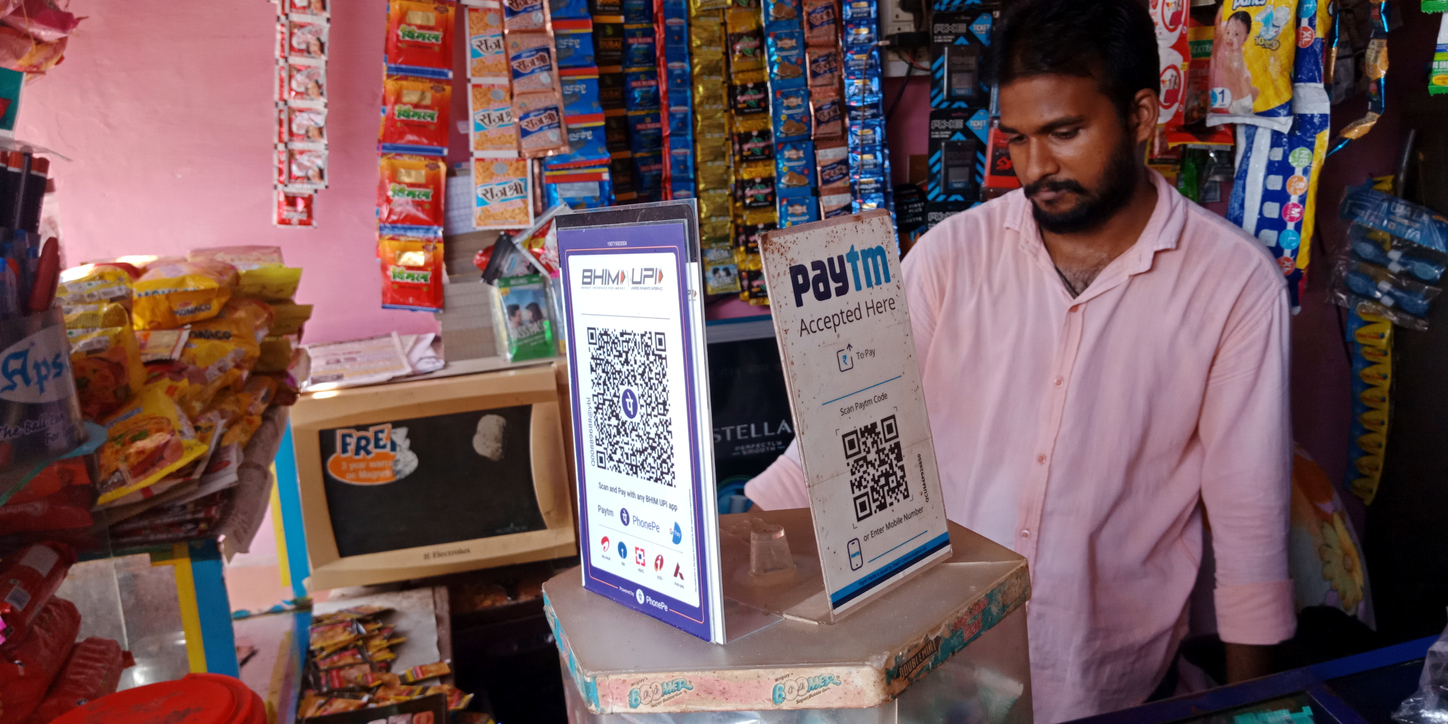
August 3, 2022
On a month-on-month basis, the rate of transactions increased by 7.16%, and the total value went up by 4.76%
On a yearly basis, the volume of transactions nearly doubled while the value of transactions grew by 75%
Bharat Interface for Money-Unified Payments Interface (BHIM-UPI) has become the most preferred payment mode for Indians
The government is taking effective measures to regulate the overall usage of digital payments

Digital payments have become an integral part of our lifestyles. With a few swipes and taps on our smartphones, we are presented with the convenience of making purchases in a safe and secure manner. As a result, digital payments through United Payments Interface (UPI) reached six billion transactions in July, which has been the highest number of transactions from the application since 2016.
According to data released by the National Payments Corporation of India (NPCI), UPI reported 6.28 billion transactions amounting to INR 10.62 trillion. The data said that on a month-on-month basis, the rate of transactions increased by 7.16%, and the total value went up by 4.76%. On a yearly basis, the volume of transactions nearly doubled while the value of transactions grew by 75%.
Important Headwinds
Since 2018, digital payment transactions have increased from INR 3,134 crore in FY19 to INR 5,554 crore in FY21. During the financial year 2022, a total of 7422 crore digital transactions took place by the end of February.
The pandemic has made sure that digital payments provide better access to healthcare, through contactless payment modes like BHIM-UPI’s Quick Response (QR) code, an action that was widely accelerated by the “new normal” of social distancing.
BHIM-UPI has become the most preferred payment mode for Indians and has witnessed 452.75 crore digital payment transactions with a total value of INR 8.27 lakh crore till February 28 this year.
Regulations
The government is taking effective measures to regulate the overall usage of digital payments, to avoid malicious activities from taking place. As a result, the Reserve Bank of India (RBI) has issued the Reserve Bank of India (Digital Payment Security Controls) Directions 2021 to the Regulated Entities (REs) including Scheduled Commercial Banks, Small Finance Banks, Payment Banks and Credit Card issuing Non-Banking Financial Companies (NBFCs).
Another preventive step in place is multi-factor authentication, which enables the safe usage of digital payments. By thwarting different cyber-attack techniques including phishing, keylogging, spyware/malware, and other internet-based scams intended at Regulated Entities (REs) and their customers, multi-factor authentication aims to secure the security of payment data as well as increase confidence in digital payment.
The Government and RBI have established a robust grievance redressal process to resolve complaints about individual cyber financial scams in a timely way.
Way forward
The has developed a strategy to digitise the country’s financial sector and economy. As a result, the Ministry of Electronics and IT said that transactions through digital payments have been growing over the last few years.
PM Modi said that the steady rise in digital payments indicates that people from India are well inclined to adopt newer technologies and promote a cleaner economy. He further added that the facilitation of digital payments during the pandemic was a very helpful move.